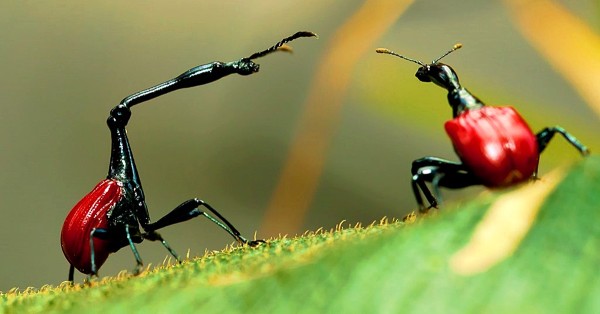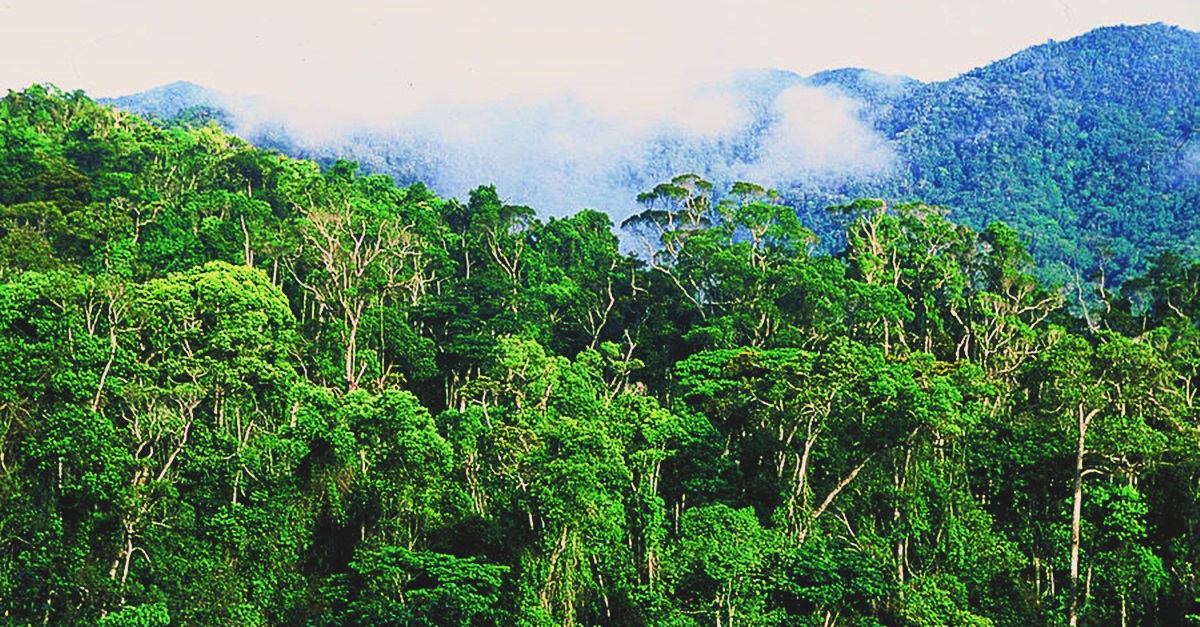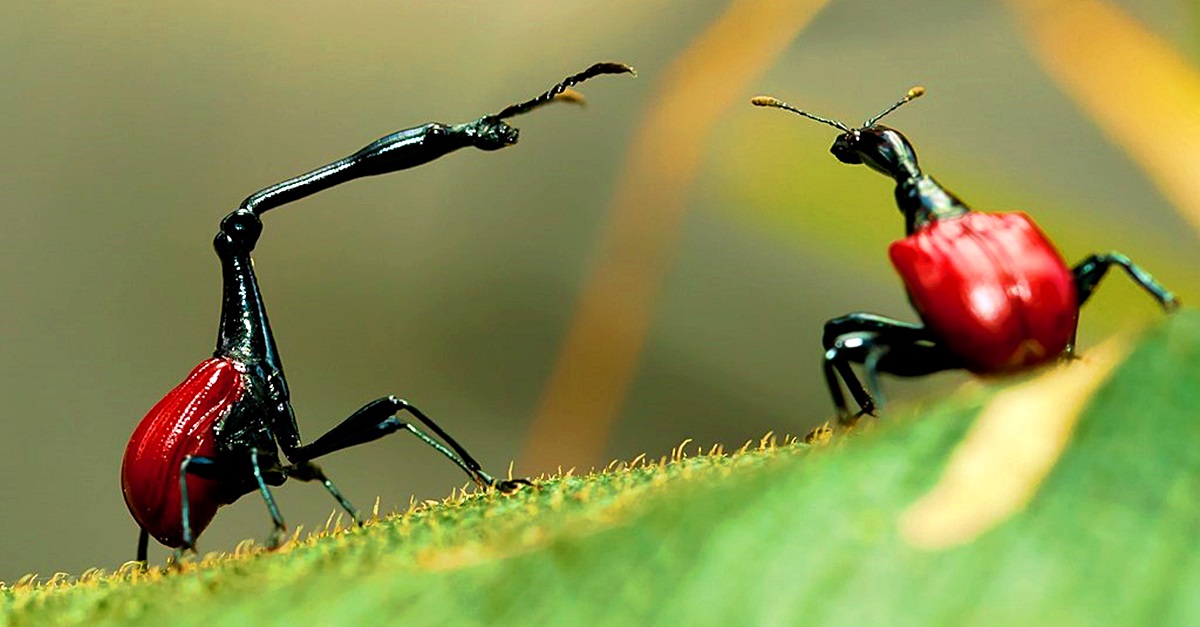
Seven of the World’s Strangest Creatures All Come from This One Place…
Madagascar is one of the most biologically diverse ecosystems on the planet. It is located off the southeast coast of Africa’s mainland in the Indian Ocean, and roughly eighty percent of its wide variety of species are endemic to the island, and cannot be found in any other part of the world.

The island’s ecological diversity and relative isolation allowed many species to thrive as their counterparts disappeared from more hostile environments. However, since ninety percent of Madagascar’s sprawling habitats have been destroyed by agricultural development, soil erosion, and natural resource exploitation, many of the island’s native species are now threatened or endangered.
[content-ad]
Check out the most fascinating and threatened species that live only in Madagascar:
1. Fossa
At the top of Madagascar’s food chain is the little-known fossa — a carnivorous mammal species that resembles a cat, but is genetically closer to a mongoose. Their retractable claws and sharp teeth make fossas formidable predators, despite their modest distribution.

Fossas generally live in solitude, spending much of their time patrolling huge spans of the forest, both at night and during the day. Occasionally, fossas have been spotted hunting cooperatively in order to capture large prey. Despite being Madagascar’s top predator, fossas are currently listed as vulnerable.
[content-ad]
2. Giraffe Weevil
The giraffe weevil, which got its name because the species’ males have ridiculously long necks, was first discovered in 2008. Male giraffe weevils use their elongated necks, which are about three times the length of females’ necks, to build nests and to fight for the right to mate with female weevils.

Adult giraffe weevils spend much of their lives feeding off a plant that’s commonly called the “giraffe beetle tree.” When it’s time for a female weevil to lay an egg, it will roll up one of the host plant’s leaves and deposit the egg inside. The leaf offers protection for the egg, and ultimately an immediate food source for the newly hatched weevil.